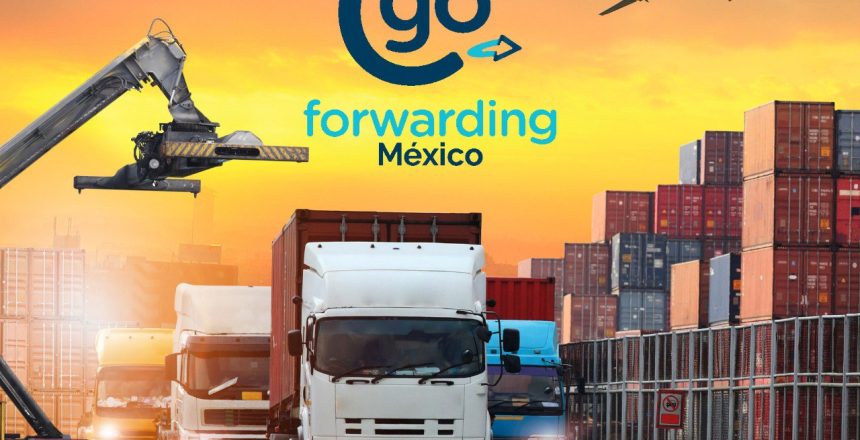International transportation costs can make up a significant portion of a business’s expenses. Different methods of transportation come with their own unique set of cost considerations. By implementing good practices for optimizing international transportation costs, businesses can reduce expenses and improve their bottom line. Here are some best practices to keep in mind:
International Transportation Costs optimization
Here are a couple of things you should keep in mind to reduce costs:
Use Consolidation Services
Consolidating shipments is a great way to reduce transportation costs. By combining multiple shipments into one, you can take advantage of economies of scale and reduce per-unit transportation costs.
Optimize Packaging
Optimizing your packaging can be a cost-effective strategy for reducing the expenses associated with international transportation. By reducing the size and weight of your shipments, you can potentially save a significant amount of money on international transportation costs. Therefore, it’s important to carefully consider the design and materials of your packaging to ensure that they are efficient and effective in protecting your products while minimizing the overall size and weight of the cargo.
Use Technology to Improve Efficiency
Technology can significantly improve transportation efficiency and reduce costs. Businesses can use transportation management systems (TMS) to optimize routing and reduce expenses.
Work with a Logistics Provider
This can help optimize international transportation costs by providing access to expertise and resources. These professionals can help you navigate the complexities of international transportation and provide customized solutions that meet the unique needs of your business.
Choose the Right Mode of Transportation
Choosing the right method of transportation is crucial for optimizing transportation costs. The most common modes of transportation are air, sea, and land. Each mode of transportation has its advantages and disadvantages, and the choice will depend on the specific needs of your business.
Methods of Transportation
Now that we’ve explored best practices for optimizing international transportation costs, let’s compare the different modes of transportation. They all hold different costs and lead times, so businesses should consider the mode of transportation that best suits their needs in terms of both time and cost.
- Air Transportation: Air transportation is the fastest mode but also the most expensive. It is best suited for high-value, time-sensitive, and perishable goods.
- Sea Transportation: Sea transportation is the most cost-effective mode for large volumes of cargo. However, it has longer lead times compared to air transportation.
- Land Transportation: Land transportation is the most flexible and can be used for both small and large volumes of goods. It’s recommended for short distances and when goods need to be delivered to remote locations.
it’s important to note that optimizing transportation costs isn’t just about saving money, but also about improving efficiency and improving customer satisfaction. Therefore, every business should continually evaluate its transportation strategies constantly and seek ways to improve them.
If you want to know more about international shipments and to make the best out of them, make sure to visit our website!
Web: cgoforwarding.com
IG: @cgoforwarding
LinkedIn: CGO Forwarding México
Email: mexico@cgoforwarding.com


